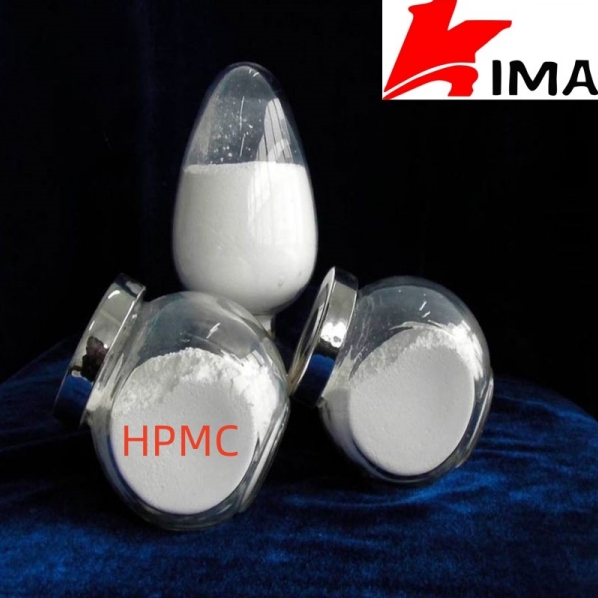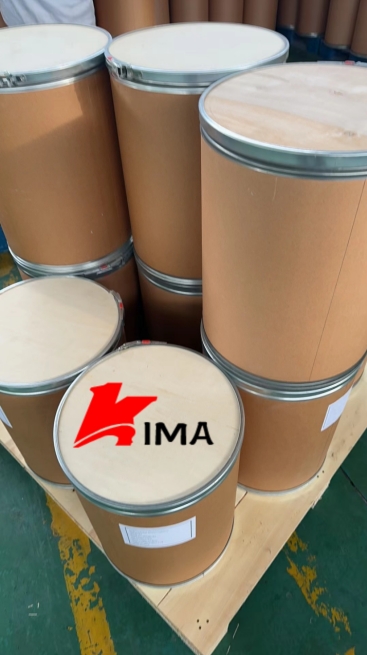Hydroxypropyl Methylcellulose (HPMC) is a multifunctional water-soluble polymer compound obtained by chemical modification of natural plant cellulose. It is widely used in food, medicine, cosmetics and other fields. Its structural characteristics give it many important functions in the food industry, such as thickening, stabilization, emulsification, water retention and taste improvement.

1. Chemical Structure and Properties of Hydroxypropyl Methylcellulose
Hydroxypropyl Methylcellulose is a derivative obtained by modifying natural cellulose through methylation and hydroxypropylation reactions. Its molecular structure contains a large number of hydroxypropyl and methyl groups, which makes it have good water solubility, thickening and film-forming properties. HPMC itself does not contain any toxic components, so it is widely regarded as a safe additive.
The water solubility and thickening properties of HPMC make it widely used in the food industry, especially in the need to increase viscosity, improve taste, stabilize food formulas, etc. It can remain stable under different pH conditions and has strong tolerance to heat and salt.
2. Application of Hydroxypropyl Methylcellulose in Food
2.1 Thickener and Stabilizer
HPMC is widely used in food as a thickener and stabilizer, especially in liquid, semi-liquid and processed foods. For example, it is often used in the production of soups, condiments, jellies, beverages, salad dressings and other foods. By using HPMC, the viscosity and rheological properties of food can be improved, while the stability of the product can be enhanced to prevent the separation of food ingredients.
2.2 Emulsifier
HPMC can effectively improve the stability of oil-water emulsions and act as an emulsifier in food. For example, in salad dressings, ice cream, dairy products, etc., HPMC can prevent the separation of water and oil phases by forming a stable colloidal structure, thereby extending the shelf life and taste quality of food.
2.3 Water retention
In baked foods, meat products, ready-to-eat foods, etc., HPMC can maintain the moisture and softness of food and extend the shelf life due to its excellent water retention properties. For example, in baked goods such as bread and cakes, adding HPMC helps to improve the moistness of the product and prevent it from becoming dry and hard due to water loss.
2.4 Improving taste and texture
HPMC can be used to improve the taste and texture of food. In some low-fat or low-sugar foods, HPMC can improve the smoothness and taste of the food, making it closer to the original high-fat and high-sugar food in taste. In addition, HPMC can also be used to improve the structure of non-fried puffed foods, making them crispier and tastier.
2.5 As a food film material
Due to its excellent film-forming properties, HPMC can also be used as part of food packaging materials, especially in food microencapsulation and film wrapping technology. It not only protects food ingredients and prolongs shelf life, but also acts as a controlled release agent to regulate the release of food flavor and nutrients.

3. Safety of Hydroxypropyl Methylcellulose
Based on existing research and food safety regulations in various countries, HPMC is widely considered to be a safe food additive. Both the International Expert Committee on Food Additives (JECFA) and the U.S. Food and Drug Administration (FDA) have listed it as a "generally recognized as safe" (GRAS) substance suitable for food processing. Toxicological studies of HPMC have shown that the commonly used doses will not have adverse effects on human health.
Long-term high-dose use may affect the function of the digestive system, especially in some extreme cases, may cause mild bloating or diarrhea. Therefore, in actual use, reasonable usage and specifications should be followed to ensure its safety.
4. Future development direction of hydroxypropyl methylcellulose
With the increasing demand for healthy, low-fat, low-sugar, low-calorie and other products in the food industry, HPMC, as a natural, non-toxic and safe food additive, has broad application prospects in food in the future. It can provide more sustainable and healthy solutions in many fields, such as low-calorie foods, dietary fiber-fortified foods, sugar-free foods, etc.
With the continuous development of technology, the production process and application methods of HPMC are also constantly improving. For example, in recent years, some new HPMC derivatives and composites have gradually emerged, which combine the advantages of HPMC with other natural polysaccharides or functional substances, and may bring more innovative applications to the food industry.

Hydroxypropyl methylcellulose is a food additive with diverse functions and high safety. It has been widely used in thickening, emulsification, water retention, and taste improvement. With the increasing demand for healthy food, HPMC will play an increasingly important role in the food industry in the future. Although it has been recognized as a safe additive, it is still necessary to control the amount of addition during use to ensure its optimal effect and safety. With the advancement of technology, the application field of HPMC will continue to expand, bringing more innovation opportunities to the food industry.
 English
English 日本語
日本語 français
français Deutsch
Deutsch Español
Español italiano
italiano русский
русский português
português العربية
العربية Türkçe
Türkçe Nederland
Nederland






